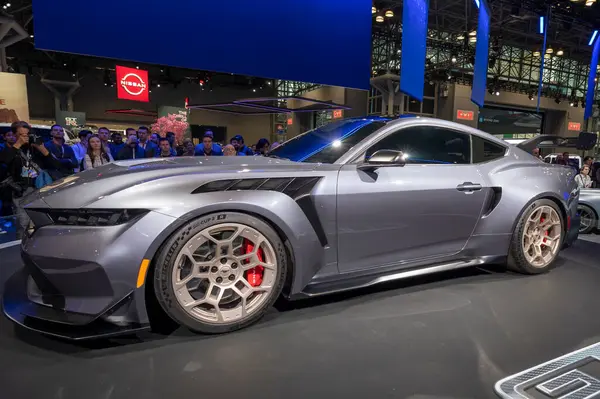
What does it take for American muscle to dominate the Nürburgring, a track so brutal it’s referred to as the “Green Hell”? In 2024 and 2025, Ford and Chevrolet responded with two vastly different vehicles the Mustang GTD and Corvette ZR1 both setting records and changing what U.S.-assembled performance cars are capable of on the global stage. Their competition is equal parts about engineering philosophy as it is about lap times.

1. The Nürburgring as the Ultimate Standard
The 13 miles of Nürburgring Nordschleife’s elevation changes, blind corners, and mixed surfaces provide a performance engineering crucible. “If you can make a car go fast at the Nürburgring, it’s going to go fast anywhere in the entire world,” Corvette ZR1 vehicle dynamics engineer Brian Wallace said. Ford’s Greg Goodall echoed that sentiment: “When you’re going after Nürburgring lap time, everything in the car has to be ten tenths.” The GTD’s 6:52.072 lap and the ZR1’s 6:50.763 alongside the hybrid ZR1X’s 6:49.275 are not just numbers; they’re proof of engineering systems working at the limits.
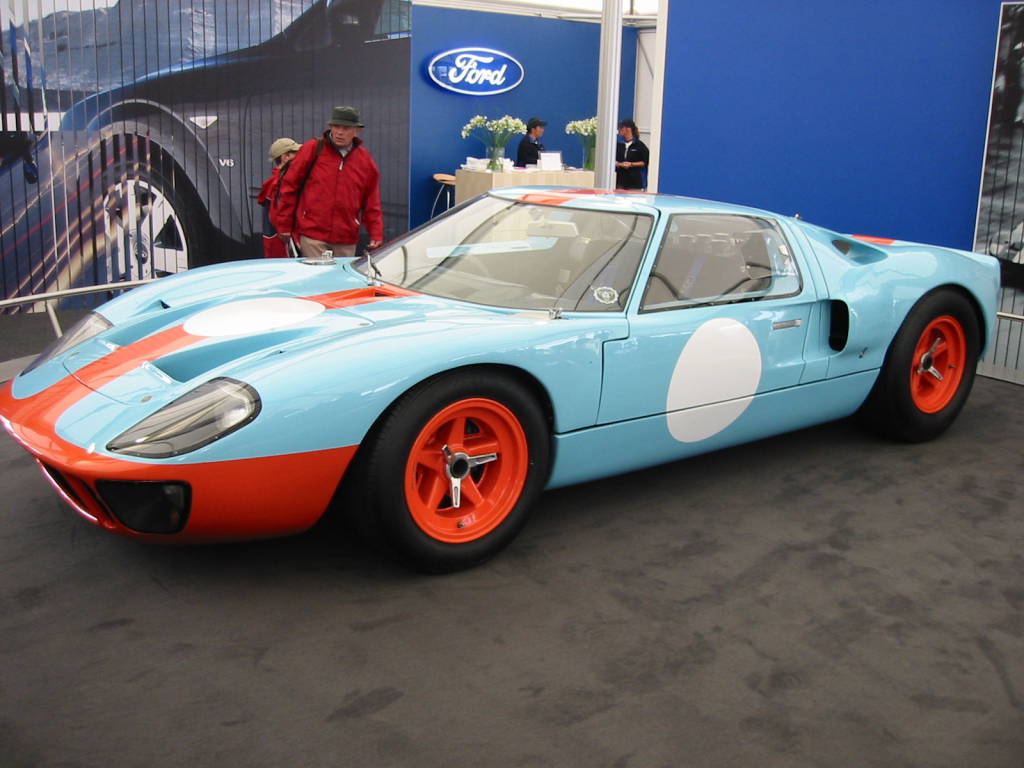
2. Ford’s Racecar-for-the-Road Approach
The Mustang GTD begins life as a production Mustang body-in-white, which Multimatic’s engineers then plasma-cut rear quarter panels, trunk floor, and roof sections to accommodate racing hardware. An eight-speed rear-mounted dual-clutch transaxle counters the weight of a 5.2-liter supercharged V8 putting out 815 hp. The GTD’s showstopper is its pushrod rear suspension with Multimatic Adaptive Spool Valve dampers, dual springs, and electrohydraulic ride-height adjustment lowering 40 mm in Track Mode for maximum aero balance. This extreme rethinking takes a pony car and makes it a purpose-built endurance racer for the street.
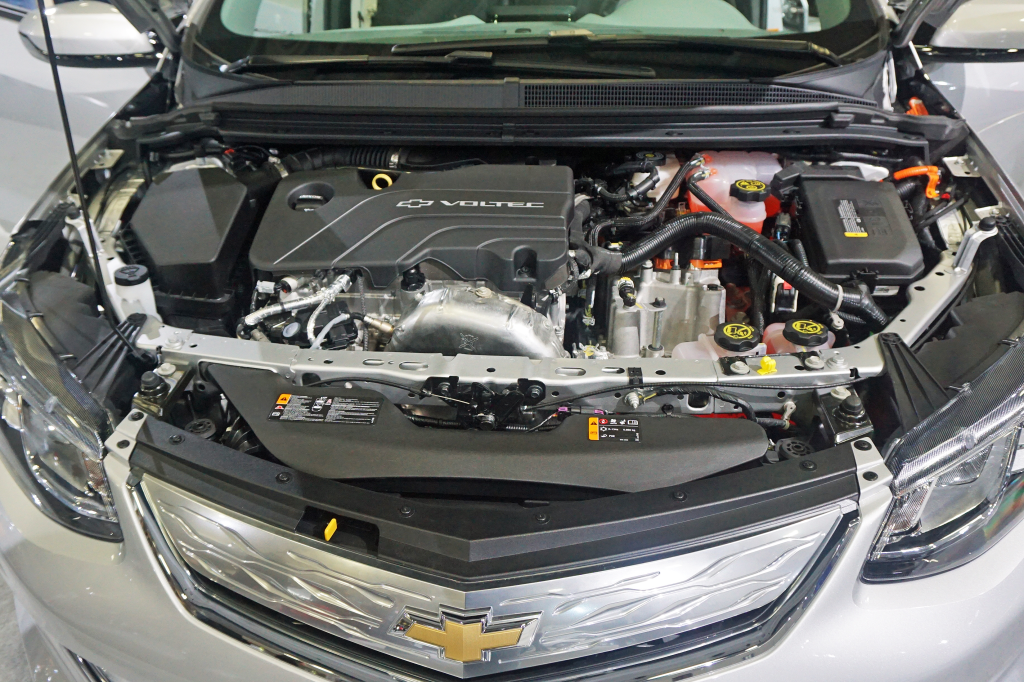
3. Chevrolet’s Modular Powertrain Evolution
The C8 Corvette platform of Chevrolet was intended for incremental improvements, the culmination of which is the ZR1’s LT7 engine: a 1064-hp twin-turbo 5.5-liter DOHC V8 with the biggest production passenger-car turbos at 76 mm. The LT7’s CNC-machined combustion chambers, dual port/direct injection, and dynamic anti-lag system negate turbo lag while providing linear power. Strengthened Tremec dual-clutch transmission components manage the torque, with aerodynamic packages standard or ZTK track spec providing up to 1,200 lbs of downforce without compromising top-speed capability.
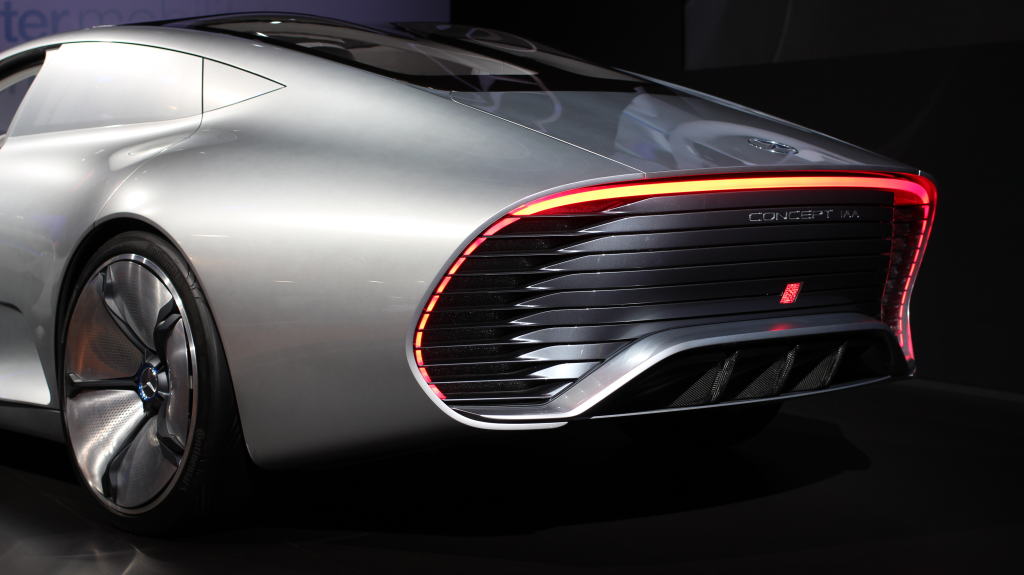
4. Aerodynamic Intelligence
Ford’s GTD utilizes a Formula One-type Drag Reduction System that connects a rear wing actuated hydraulically to front underbody flaps. For cornering stability, in high-downforce mode, the system equalizes front and rear loads; for low-drag operation, it stalls airflow underneath the splitter to equate lower rear wing drag. Chevrolet’s ZR1 taps into increased front downforce by utilizing a flow-through hood, unveiling the full potential of its larger rear wing. Computational fluid dynamics, model wind tunnels, and lap-time simulations tuned both cars’ aero packages to provide tangible benefits on the track.
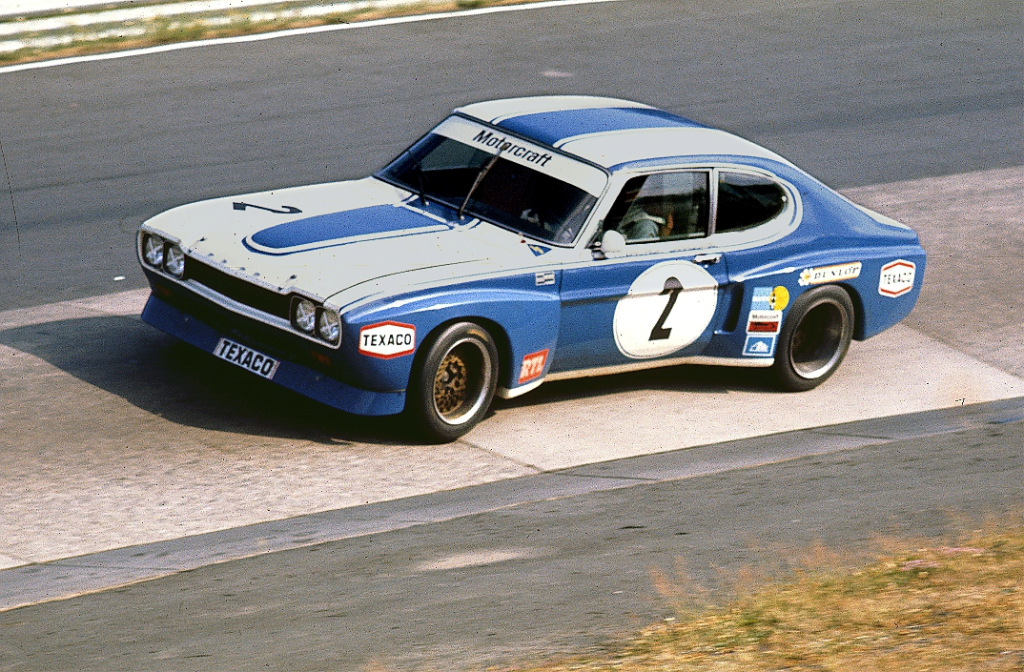
5. Fast Prototyping at the Track
Ford’s Nürburgring effort highlighted additive manufacturing’s potential for competitive development. The engineers 3D-printed “hood flick” aero extensions on-site, refining seven or eight designs and performing ~20 drag-coefficient tests in days instead of weeks. The finished part added front downforce without increasing drag, confirmed subsequently in Detroit wind tunnels. This responsiveness condensed development cycles and contributed directly to the GTD’s record-breaking performance.
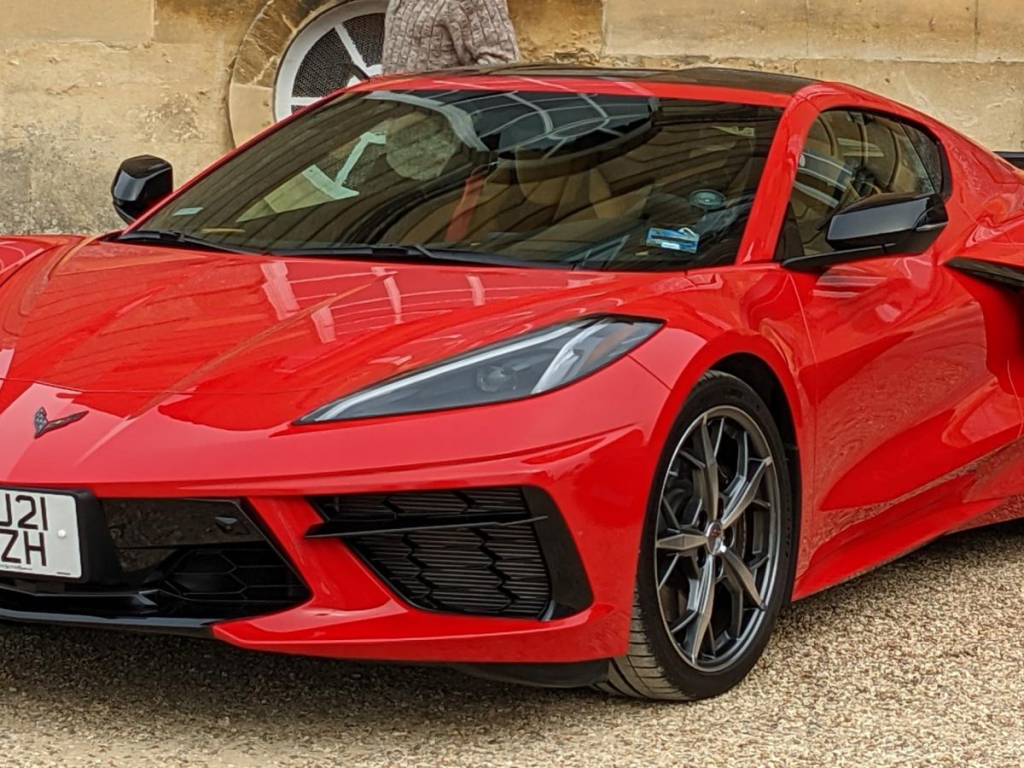
6. Hybrid Power in the ZR1X
The ZR1X’s 1250 hp draws on the LT7 V8 and uprated E-Ray front-axle motor that makes 186 hp. Its 1.9-kWh battery provides 29% more usable energy, facilitating AWD traction up to 160 mph. Push-to-pass mode delivers full power for corner exits, while Alcon 10-piston front calipers and 16.5-inch carbon-ceramic rotors offer 1.9 g deceleration from 180 mph. The ZR1X’s eAWD chassis control system allows it to pull 1.0 g laterally and longitudinally figures that match hypercars priced in the millions.
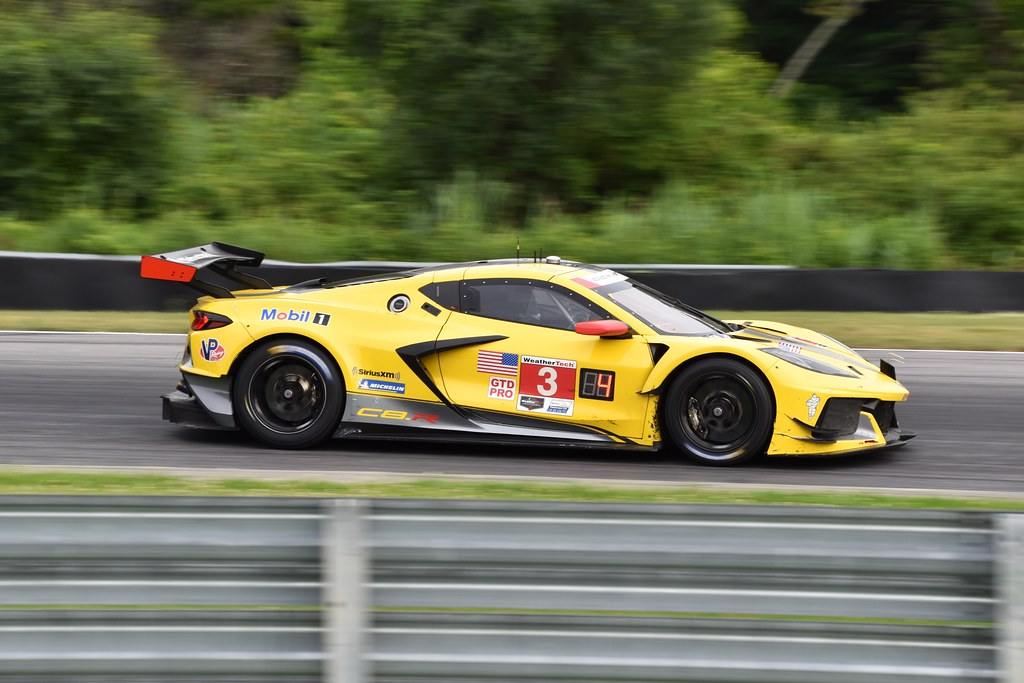
7. Development Philosophies in Conflict
Ford hired a professional driver for its timed laps, indicative of its motorsport-sourced GTD philosophy. Chevrolet’s record attempts were established by internal development engineers, highlighting in-house capability. The GTD’s engineering is one of taking a proven platform and pulling it apart with radical modifications; the ZR1’s is about leveraging a platform’s inherent capability through modular improvement. Both required unrelenting iteration and data-driven optimization.

8. On-Track Character
The GTD provides immediate, supercharged torque a “instantaneous kick” that gives it the impression of being ferocious but accessible due to huge grip and downforce. The ZR1’s twin-turbo V8 accumulates power gradually, keeping its cool at outrageous speeds. Michelin Pilot Sport Cup 2R tires, carbon-ceramic brakes, and sophisticated traction management systems make both cars easy to handle at the limit, yet their characters are still different: the GTD as a racecar on the road, the ZR1 as a road car become a track weapon.
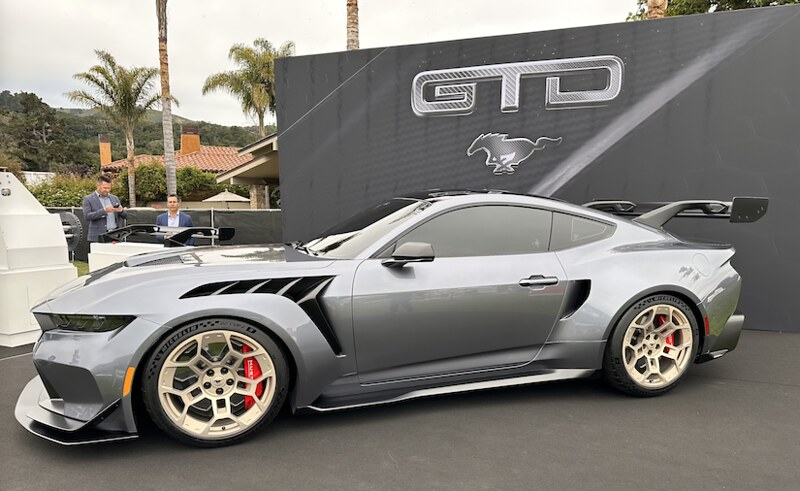
The Corvette ZR1 and Mustang GTD are two parallel but equally imposing variations on the theme of American supercar engineering. Their fight at the Nürburgring is not merely about who is quicker it’s about where the intersections of technology, design ethos, and execution come together to expand the boundaries of performance. With Ford having already signaled its return, this war is hardly concluded.

